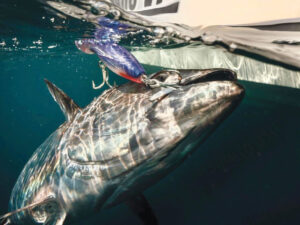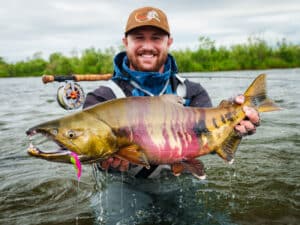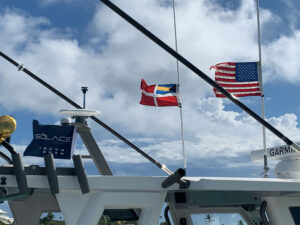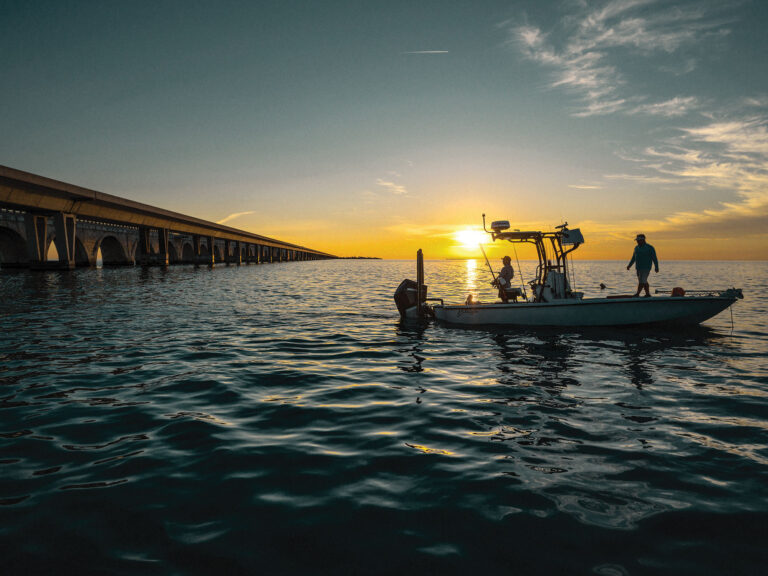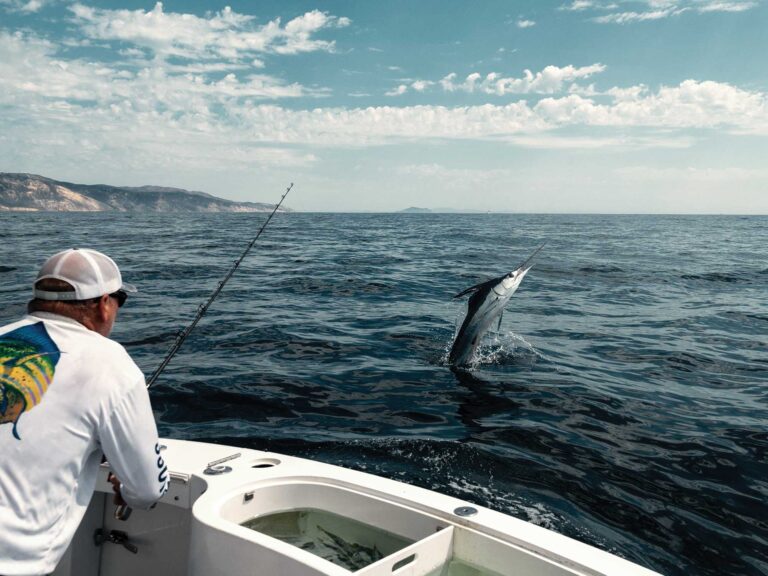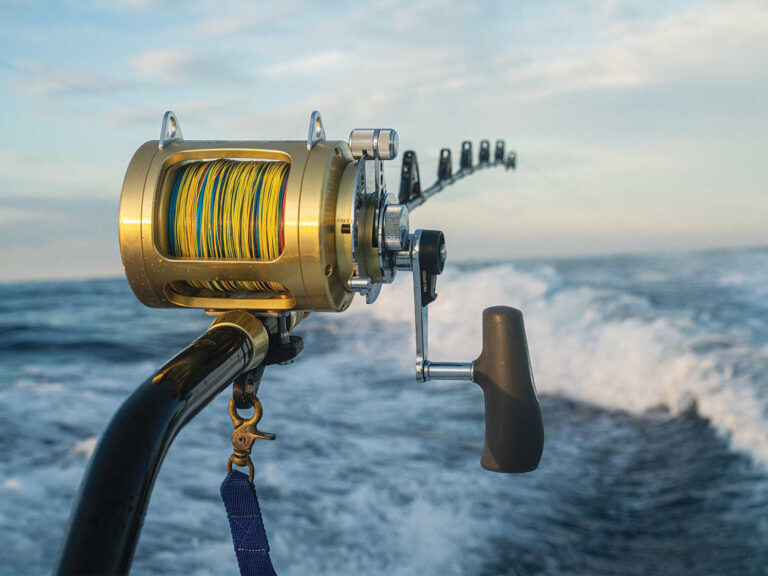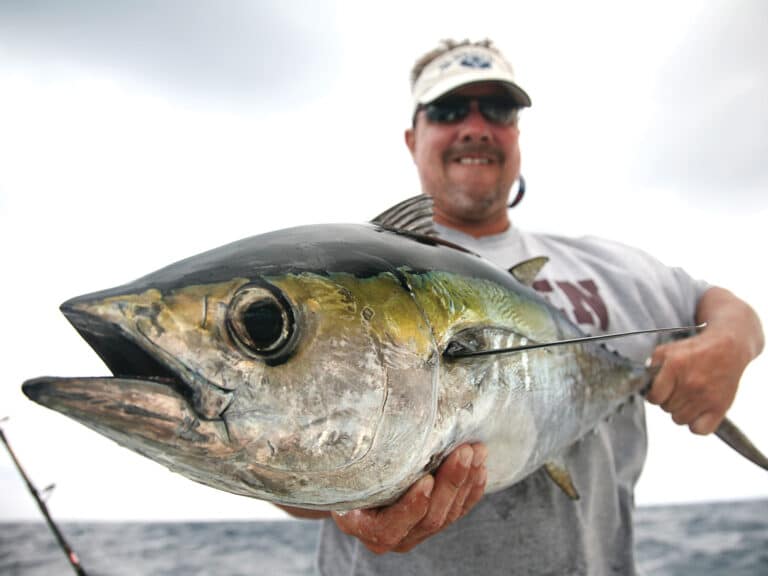
trawlers
In the last issue I noted that the greatest obstacle to reducing mortality on depleted stocks of low-trophic-level fish (those fish that all the predators we target eat) has historically been a well-funded, influential small-mesh-net fisheries lobby. During the last two decades, fueled by government subsidies, fishing for low-trophic-level fish (aka forage fish) changed primarily from small-boat fleets to industrial-scale boats towing massive nets capable of grabbing up to a million pounds of forage fish in a single haul. Such trawlers are the largest ships on the East Coast, yet they are arguably the most unregulated fleet in the U.S. commercial fishing industry. The industry’s consultants are deeply involved in the management process and, until recently, have been able to hoodwink managers into believing their impact on the stock was minimal. I also said that there was little hope of changing such a culture of industry-influence. However, recent actions have proved that, at least to some extent, I was wrong.
Major Motivation
In June, despite significant push-back from the industry, the New England and Mid-Atlantic Fishery Management Councils took decisive action to regulate the Atlantic herring and mackerel small-mesh-net fisheries. In the mid-Atlantic, the motivator was river herring. In New England, the focus was on improved monitoring of the sea herring fishery, although measures to address river herring bycatch were a large consideration.
A recent stock assessment confirmed that populations of river herring on the Atlantic Seaboard are dangerously depleted, and a petition was submitted last year to list river herring under the Endangered Species Act.
Just like striped bass and salmon, river herring are anadromous; they spawn in freshwater rivers yet spend most of their lives at sea. Out of the 24 assessed runs, 92 percent are determined to be badly depleted. While loss of spawning habitat due to dams and other obstructions is certainly responsible for some of the decline, remediation has proved unsuccessful in many cases. Pursuant to an Atlantic States Marine Fisheries Commission mandate, most state fisheries have been shut down; others continue, subject to very small quotas, under state sustainable management plans. Yet, at sea, industrial fisheries for sea herring and mackerel are still allowed to kill unlimited amounts of river herring, usually taken as bycatch, and most of that is simply unaccounted for.
Observing the Problem
Large trawls are capable of taking an entire river’s runs of alewives and/or bluebacks in a single tow. Many scientists and fisheries managers speculate that incidental catch in such small-mesh-net fisheries is a major factor in river herring’s depletion and failure to recover. There is some data to back up such assertions, but not enough to be definitive, and therein lies the problem. Observer coverage of the small-mesh-net fleet is very low, which means managers don’t know exactly what goes on these boats. However, the industry has thus far been able to avoid substantial coverage from such observers, in large part because other fisheries are given priority but also because of industry reluctance to share in the funding of such observers.
Thus, while river herring have become very tightly managed in state waters, they are falling through the cracks in federal waters, where they spend most of their lives and where the bulk of the fishing mortality is likely occurring. Given the history of industry influence, what happened in June surprised me perhaps more than anyone. Despite significant push-back from the small-mesh fleet, the New England and Mid-Atlantic Fishery Management Councils voted to recommend that NOAA Fisheries impose 100 percent at-sea observer coverage on industrial herring and mackerel trawlers, although there is ongoing debate as to who will pay for such observers. Joint government/industry funding is being considered. Neither the industry nor NOAA Fisheries is happy with such a solution, because both sides face real financial constraints. If any industry is granted the privilege of utilizing large-scale gear to harvest a public resource in such large volumes, then it absolutely should be required to fund whatever monitoring is necessary to ensure sustainability, not just in a maximum-sustainable-yield context but an ecosystem context as well.
Both councils recommended that all catch brought to shore in the fishery be weighed, and that observers sample bycatch before discarding it. The latter point is important, since large tows dominated by river herring might otherwise be dumped overboard dead before anyone could determine what was killed.
Managing Stocks
Such rigorous reporting and monitoring requirements should result in more accurate and complete data on river herring as well as other incidentally caught species.
The Mid-Atlantic Council also raised the possibility of adding river herrings and/or shads as directly managed “stocks in a fishery” to its mackerel, squid and butterfish plan. Doing so would compel NOAA Fisheries to manage and conserve river herring, when they are in federal waters, through the adoption of measures such as setting annual catch limits, identifying essential fish habitat and establishing joint management plans in conjunction with bodies such as the New England Fishery Management Council and/or the ASMFC. After a very close vote to add “stocks in a fishery” to the current amendment, the council voted to pursue a follow-up amendment to explore such a designation. W
hat does all this mean to us? Well, first it means just about all of the fish we target in New England and the mid-Atlantic eat river herring, sea herring, mackerel, squid and butterfish, all species that such small-mesh-net boats harvest in astounding quantities. Perhaps most noteworthy are the traditional runs of herring that made Massachusetts and Maine famous striper destinations. Sea herring inspire some of the best fly-fishing opportunities for bluefin tuna in the world. But even just one trawler could ruin it all.
As a result of the advocacy efforts of members of the New England recreational fishing community and the environmental community, 25 members of Congress sent a letter to the New England and Mid-Atlantic Councils pleading to protect river herring at sea. Both councils received more than 90,000 public comments in support of measures such as a catch cap. To me, this indicates that the industry no longer has the largest say over the management of a public resource. And that is big news.

